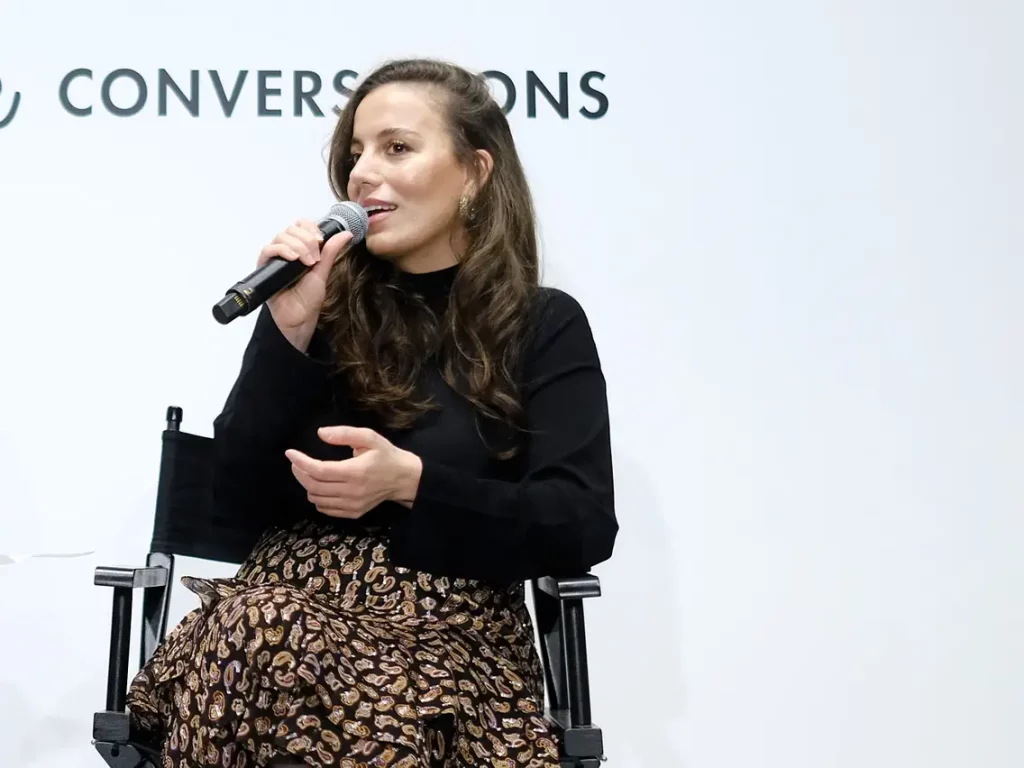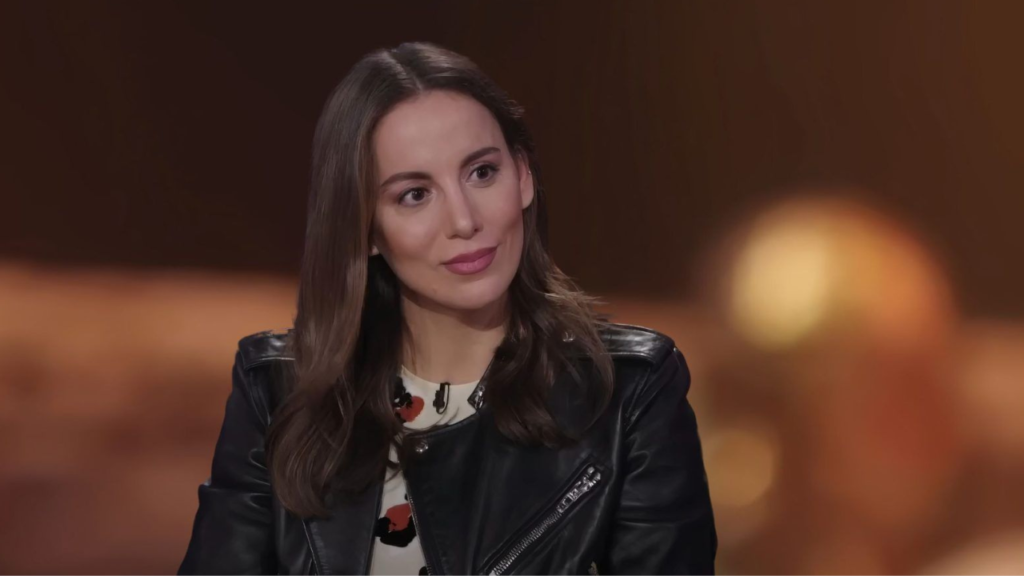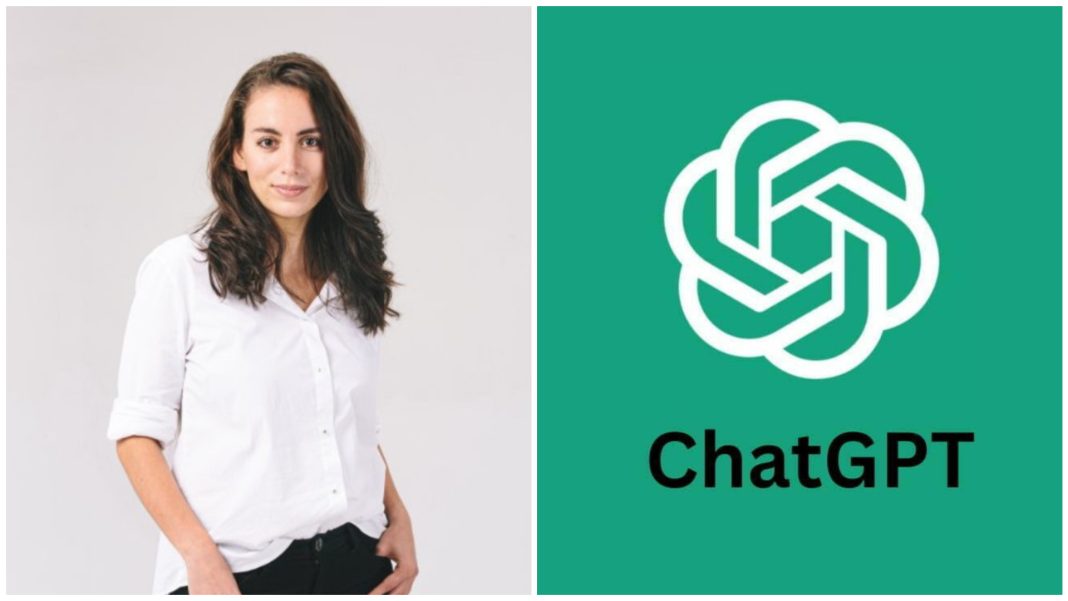
When ChatGPT, OpenAI’s generative chatbot, first launched, Mira Murati wasn’t convinced it would become as popular as it has. Though AI was already proficient at strategy games when she joined the company in 2018, the kind of language models that people use today seemed a long way off.
“In 2019, we had GPT3, and there was the first time that we had AI systems that kind of showed some sense of language understanding. Before that, we didn’t think it was really possible that AI systems would get this language understanding,” Murati, who is currently OpenAI’s chief technical officer, spoke on stage at the Atlantic Festival last Friday. “In fact, we were really sceptical that was the case.”
The evolving of ChatGPT
A few years really do make a difference. Users are using ChatGPT in a plethora of ways these days to improve both their personal and professional life.
“The rate of technological progress has been incredibly steep,” Murati stated.
The climb goes on. Murati outlined the following expectations for ChatGPT as the technology develops.
Talking with chatbots will be possible.
According to Murati, you could soon be able to communicate using ChatGPT without typing anything in.
“We want to move further away from our current interaction,” she said. “We’re sort of slaves to the keyboard and the touch mechanism of the phone. And if you really think about it, that hasn’t really been revolutionized in decades.”
According to Murati, users should be able to communicate using ChatGPT in the same manner as they would with a friend or coworker.
“That is really the goal — to interact with these AI systems in a way that’s actually natural, in a way that you’d collaborate with someone, and it’s high bandwidth,” she stated. “You could talk in text and just exchange messages … or I could show an image and say, ‘Hey, look, I got all these business cards, when I was in these meetings. Can you just put them in my contacts list?'”
The kind of hardware that may enable these kinds of interactions is yet unknown, but according to reports, former Apple designer Jony Ives is in advanced negotiations with OpenAI to create a consumer product aimed to be “the iPhone of artificial intelligence.”
AI will be able to think deeper.
AI chatbots in their current incarnation are proficient at interacting with people and reacting to our commands. According to Murati, the intention is for the bots to think independently.
“We’re trying to build [a] generally intelligent system. And what’s missing right now is new ideas,” Murati said. “With a completely new idea, like the theory of general relativity, you need to have the capability of abstract thinking.”
“And so that’s really where we’re going — towards these systems that will eventually be able to help us with extremely hard problems. Not just collaborate alongside us, but do things that, today, we’re not able to do at all.”
Although the average ChatGPT user isn’t interested in cracking the universe’s secrets, one benefit of developing these systems is that chatbots should become increasingly precise. Speaking about whether ChatGPT could provide responses comparable to those found on Wikipedia, Murati stated, “It should do better than that. It should be more scientific-level accuracy.”
“Really trace back the pieces of information, ideally, or at least understand why, through reasoning, sort of like a chain of thought, understand why the system got to the answer,” she added, should be possible for users with bots that can reason through responses.
The way we work and learn is about to undergo a “revolution.”
Murati agreed that the way Americans learn and work would probably change as a result of developing AI technology; this change will present both possibilities and hazards.
Students are starting to use AI chatbots to do their homework, according to Murati. “In many ways we’ll probably have to change how we teach,” she responds. Although AI makes academic dishonesty easier, it may also be a useful educational tool, according to her.
“Right now you’ve got a teacher in a classroom of 30 students, [and] it’s impossible to customize the learning, the information, to how they best learn,” Murati said. “And this is what AI can offer. It can offer this personalized tutor that customizes learning and teachings to you, to how you best perceive and understand the world.”
Workplaces, where there is a general concern that AI may replace human employees, may see a similar disruption.
“Some jobs will be created, but just like every major revolution, I think a lot of jobs will be lost. There will be maybe, probably, a bigger impact on jobs than in any other revolution, and we have to prepare for this new way of life,” says Murati. “Maybe we work much less. Maybe the workweek changes entirely.”
Whatever happens, the revolution is on its way. The individuals in charge of governing us and the general public will have to decide just how much the AI revolution impacts our daily lives.
“I know there’s a lot of engagement right now with D.C. on these topics and understanding the impact on workforce and such, but we don’t have the answers,” Murati stated. “We’re gonna have to figure them out along the way, and I think it is going to require a lot of work and thoughtfulness.”


